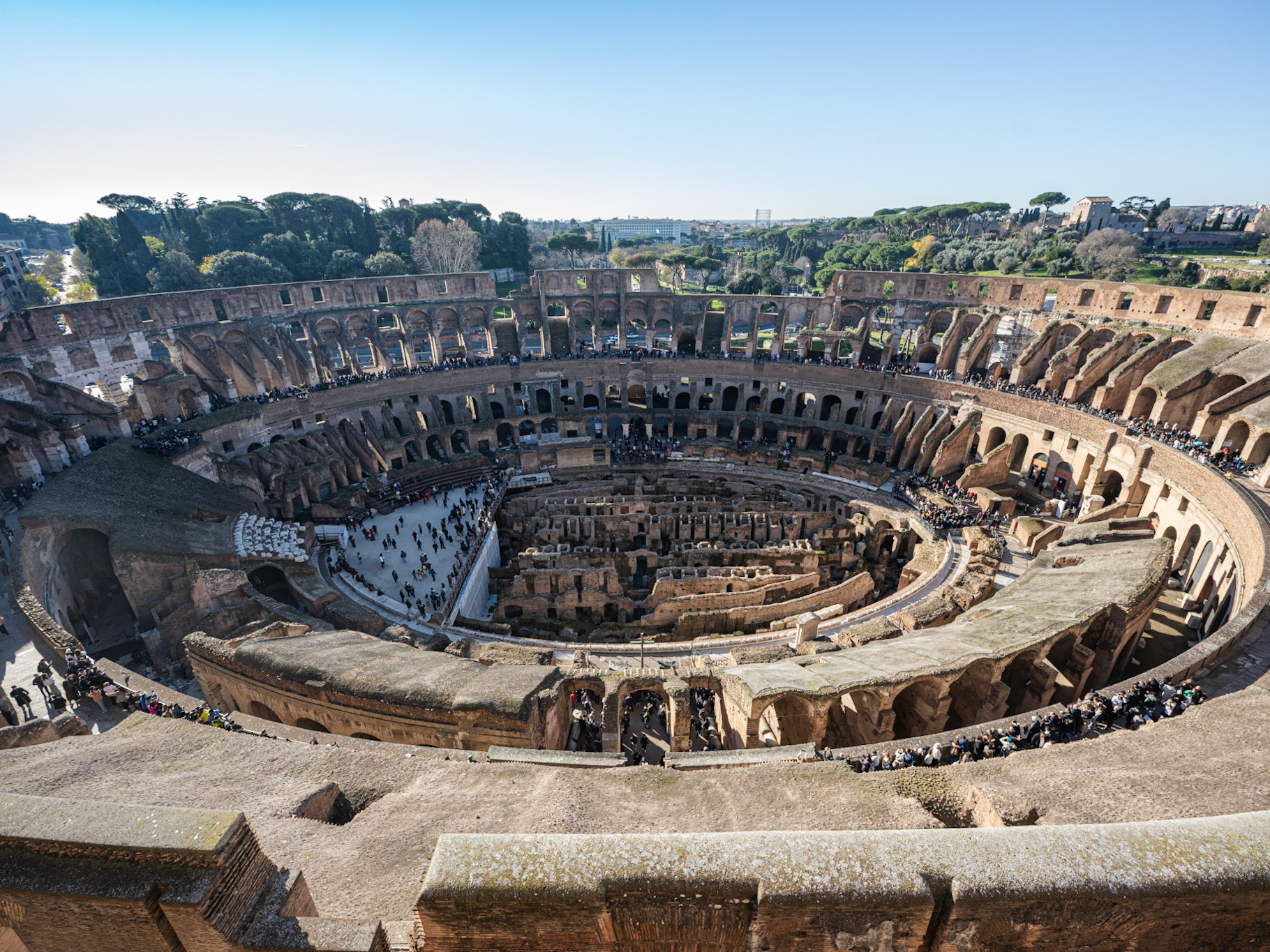
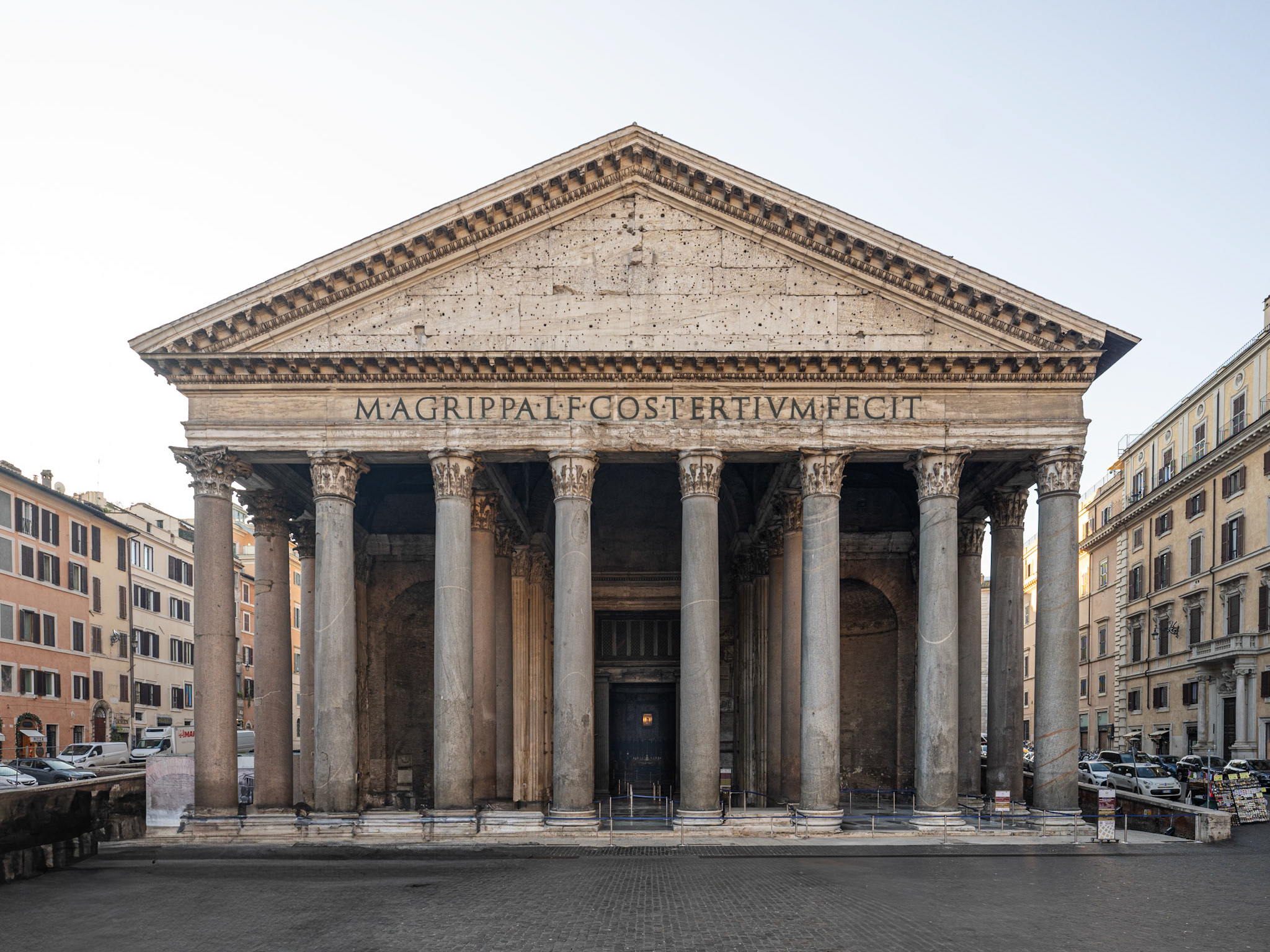
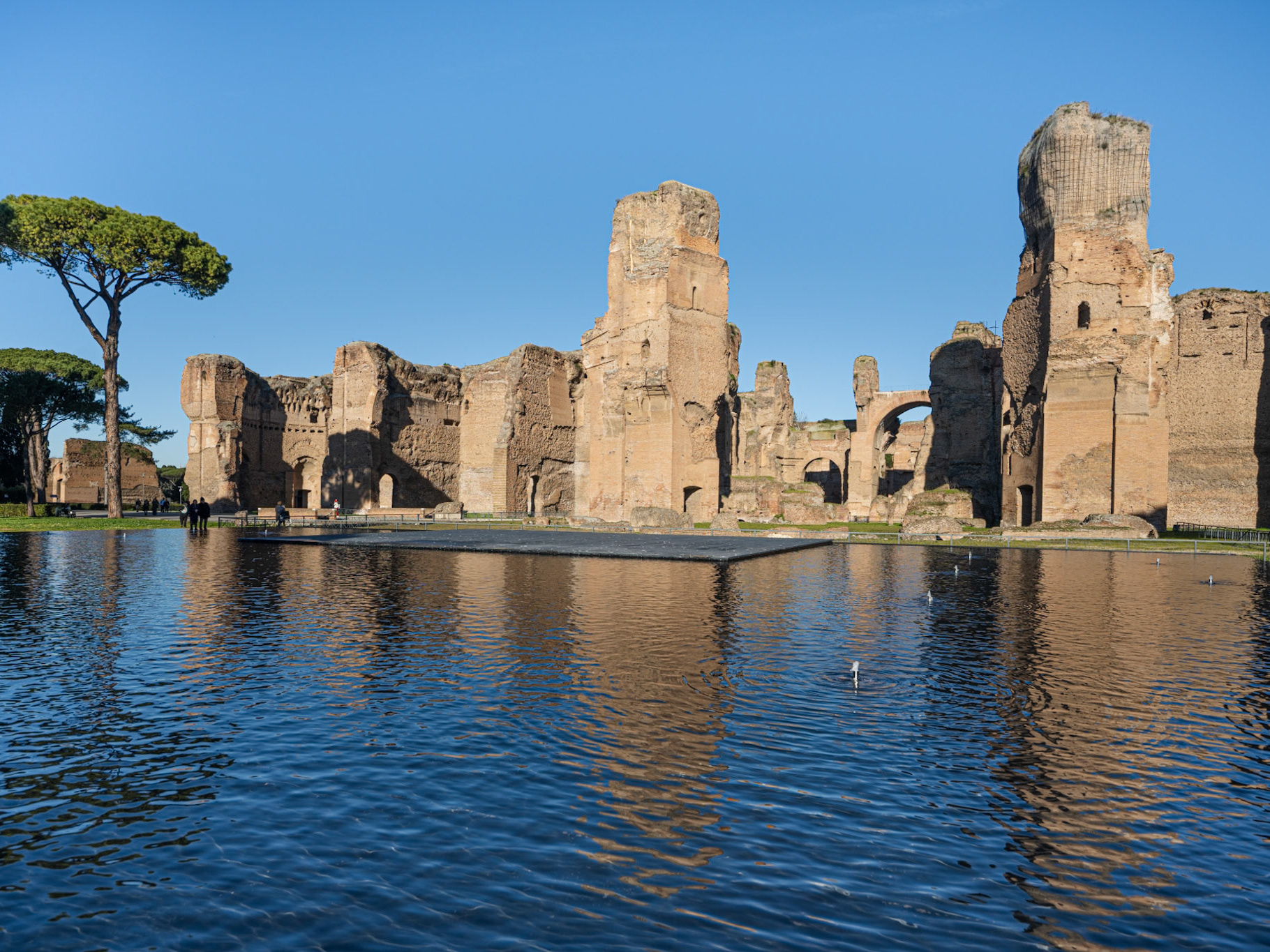
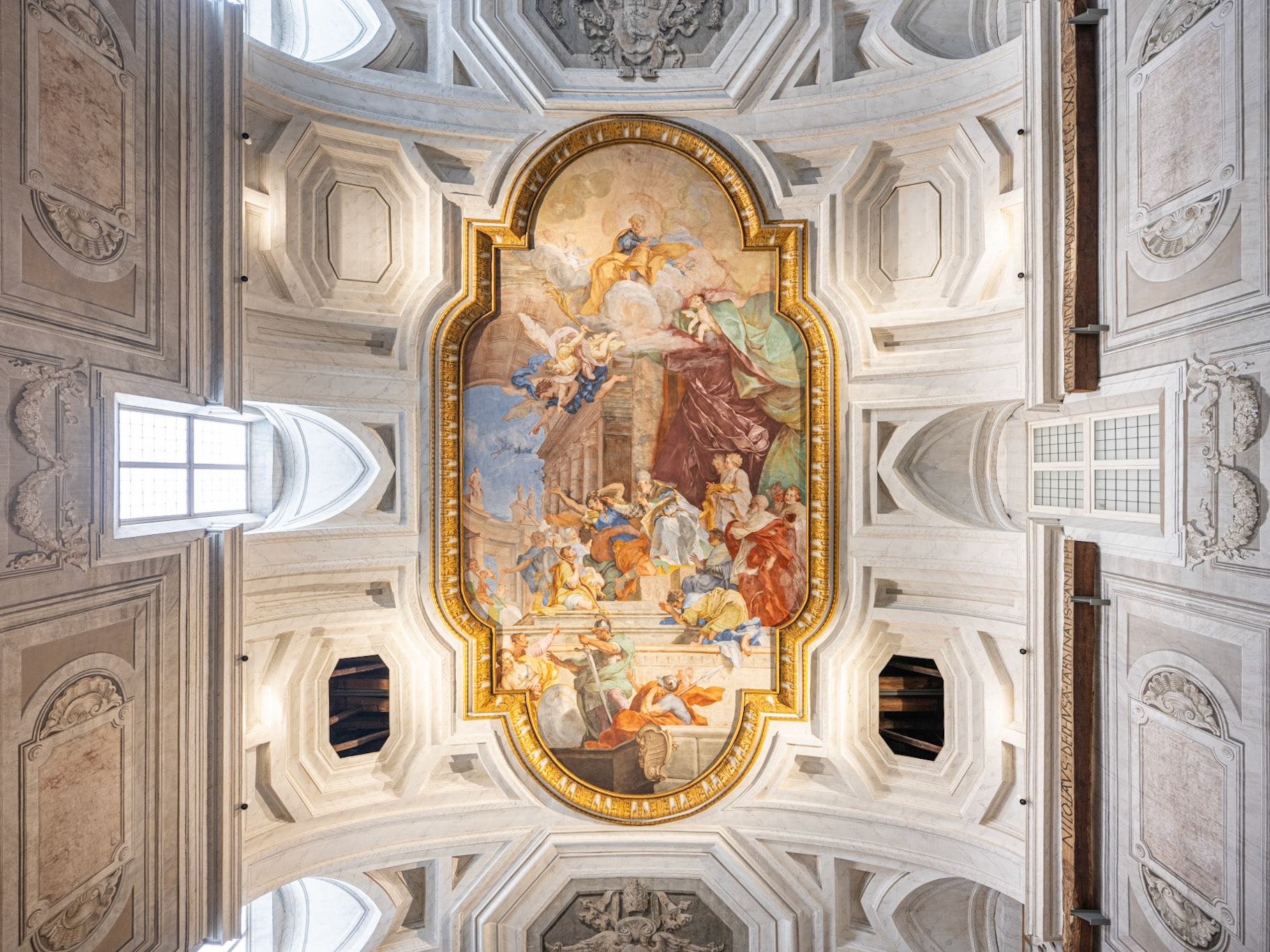
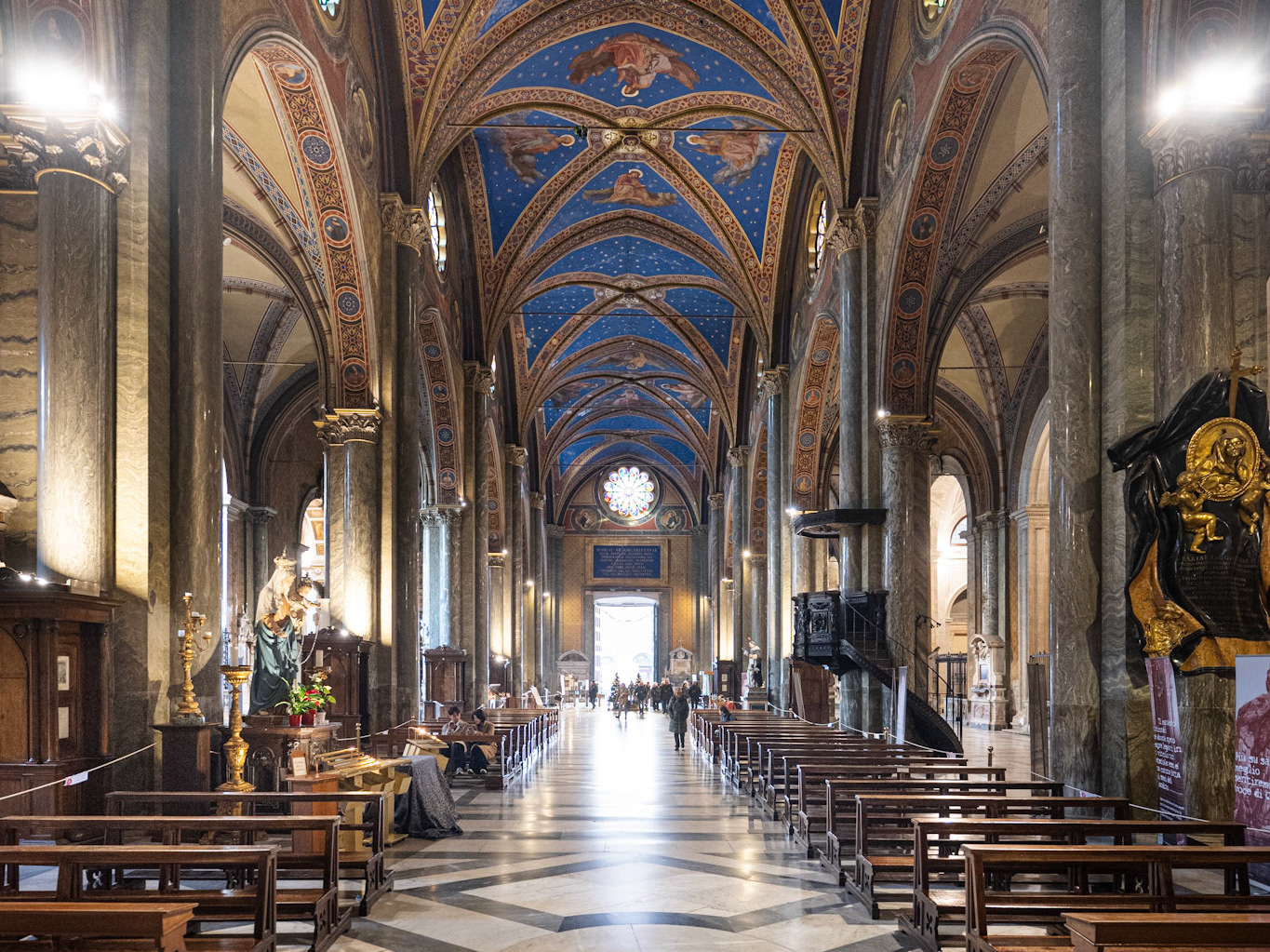
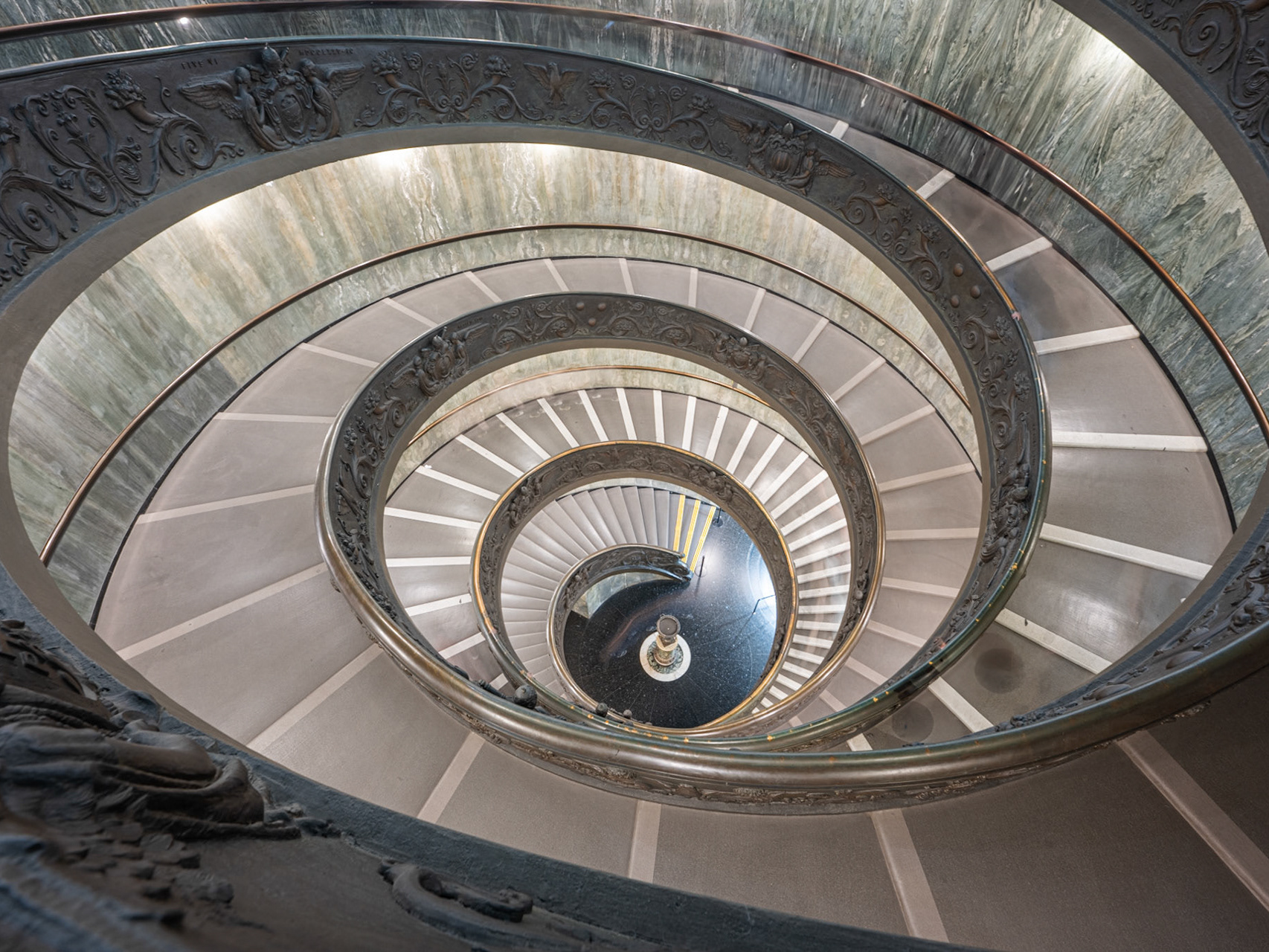
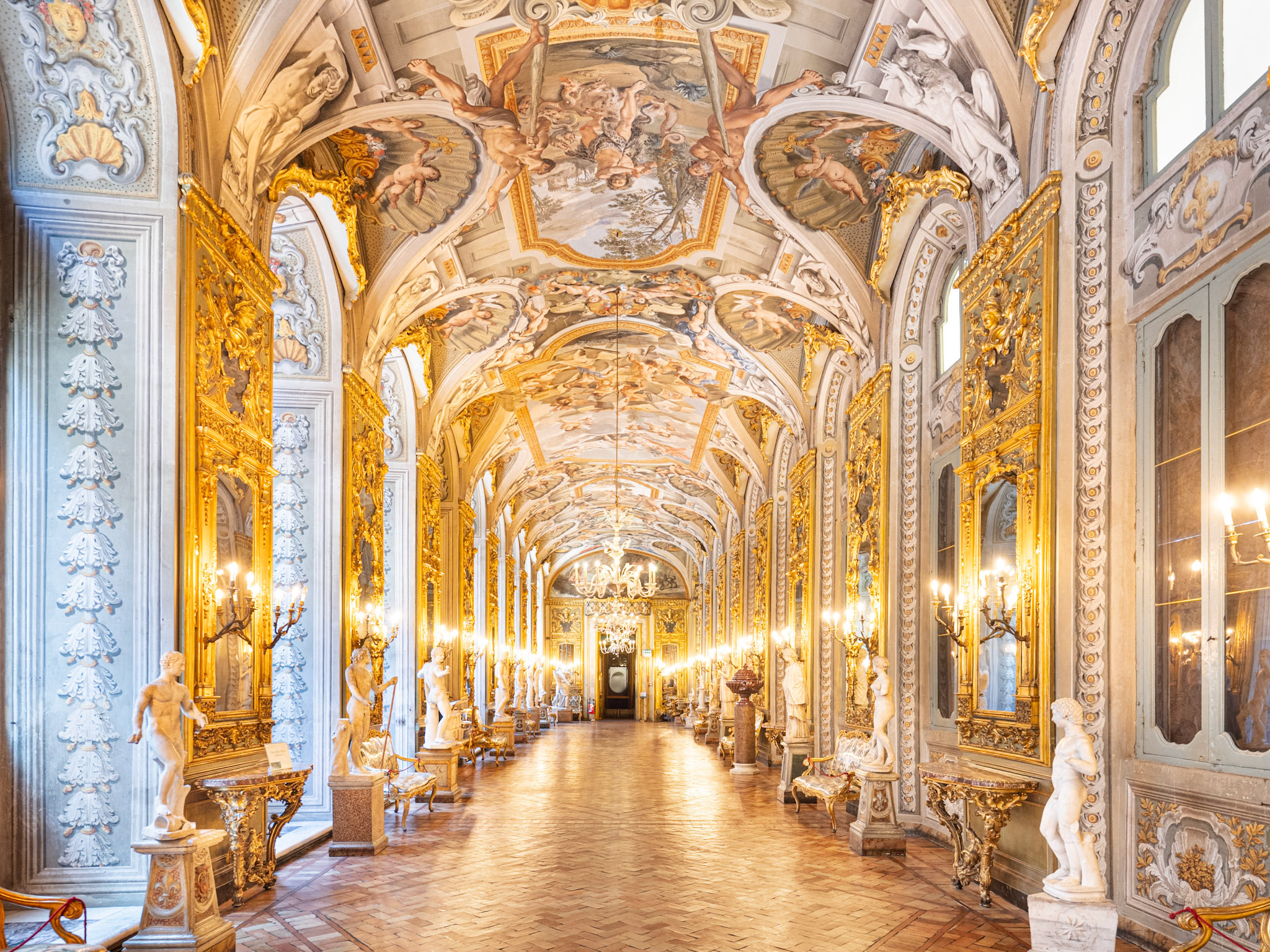
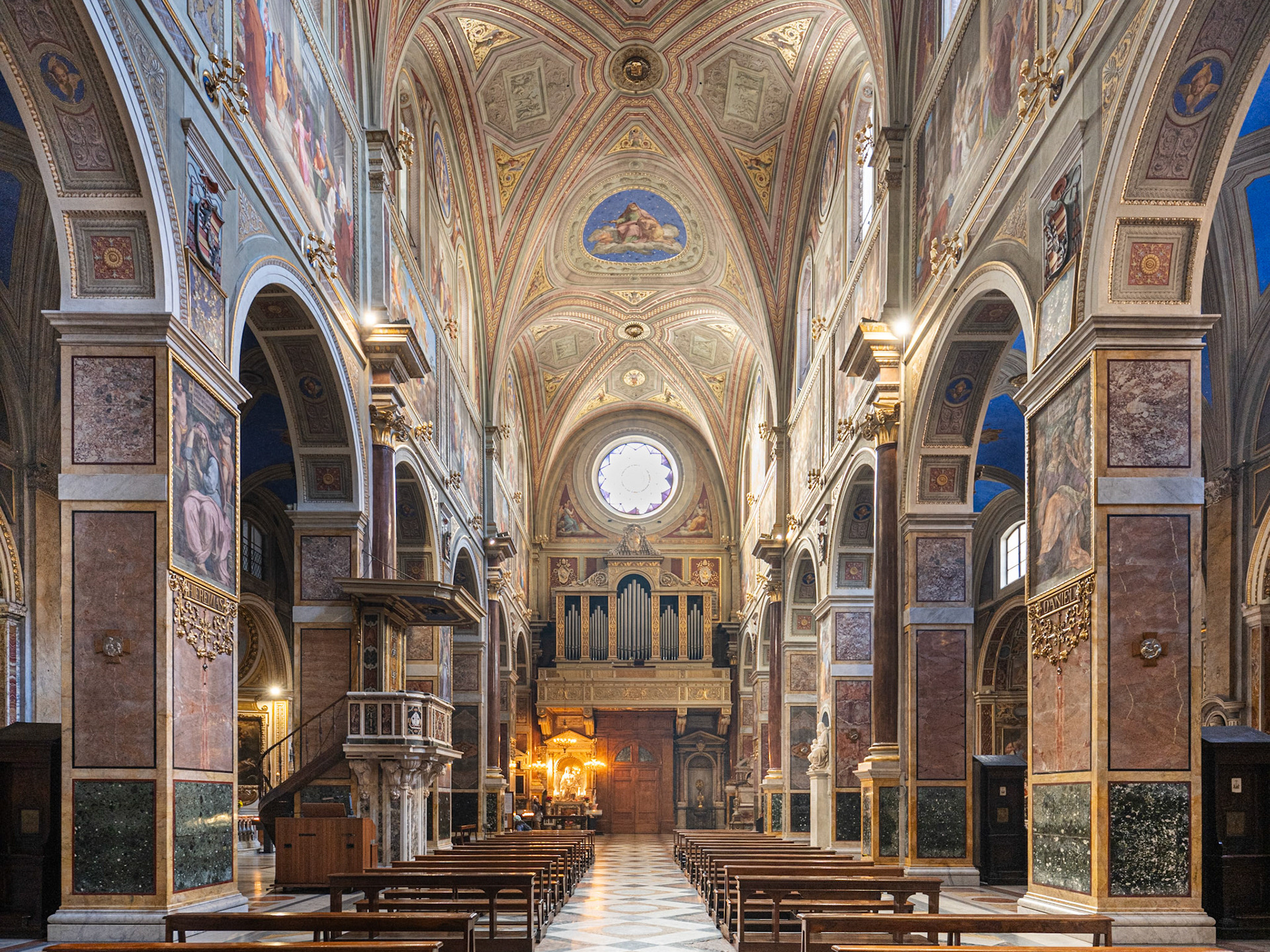
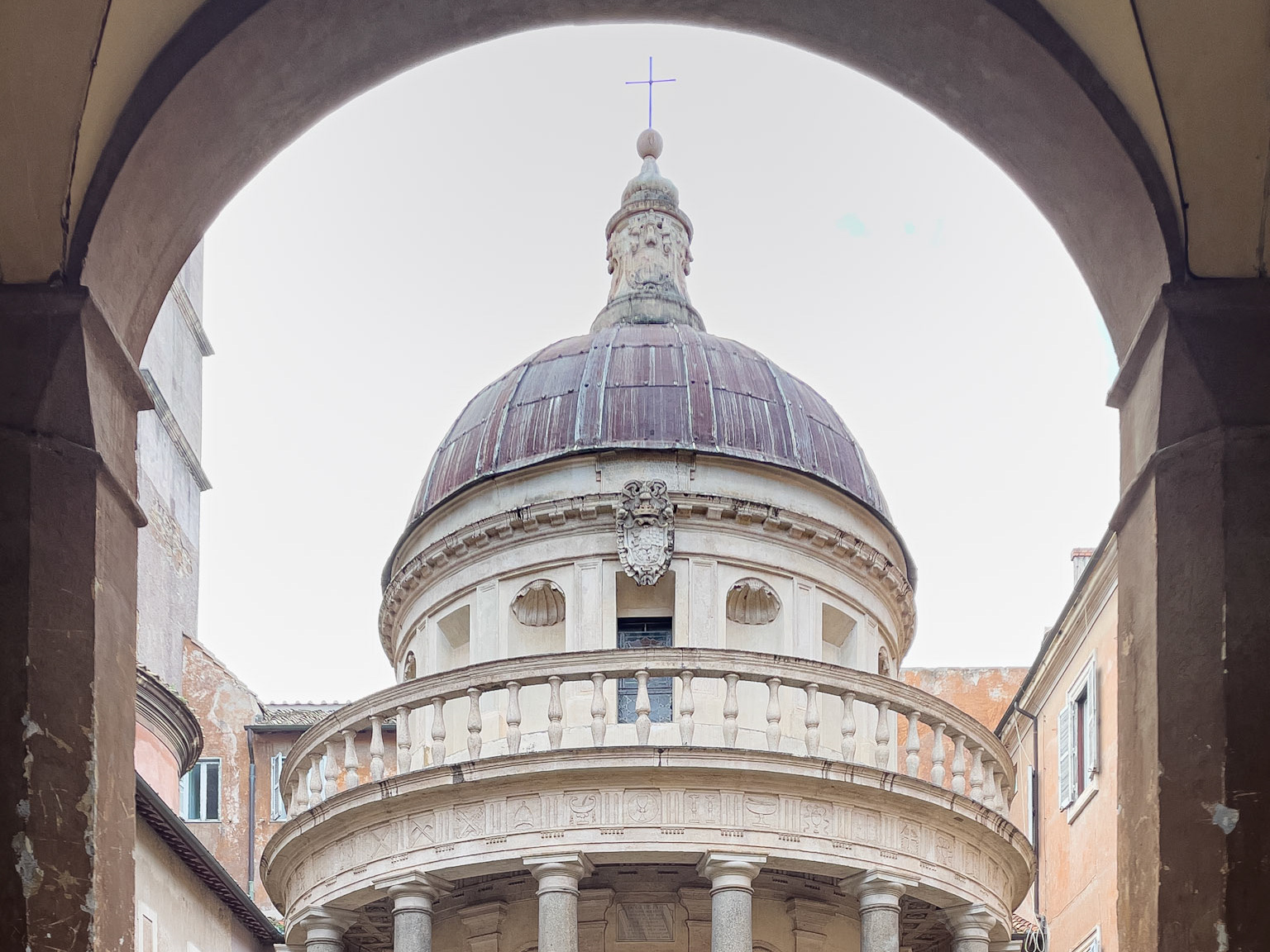


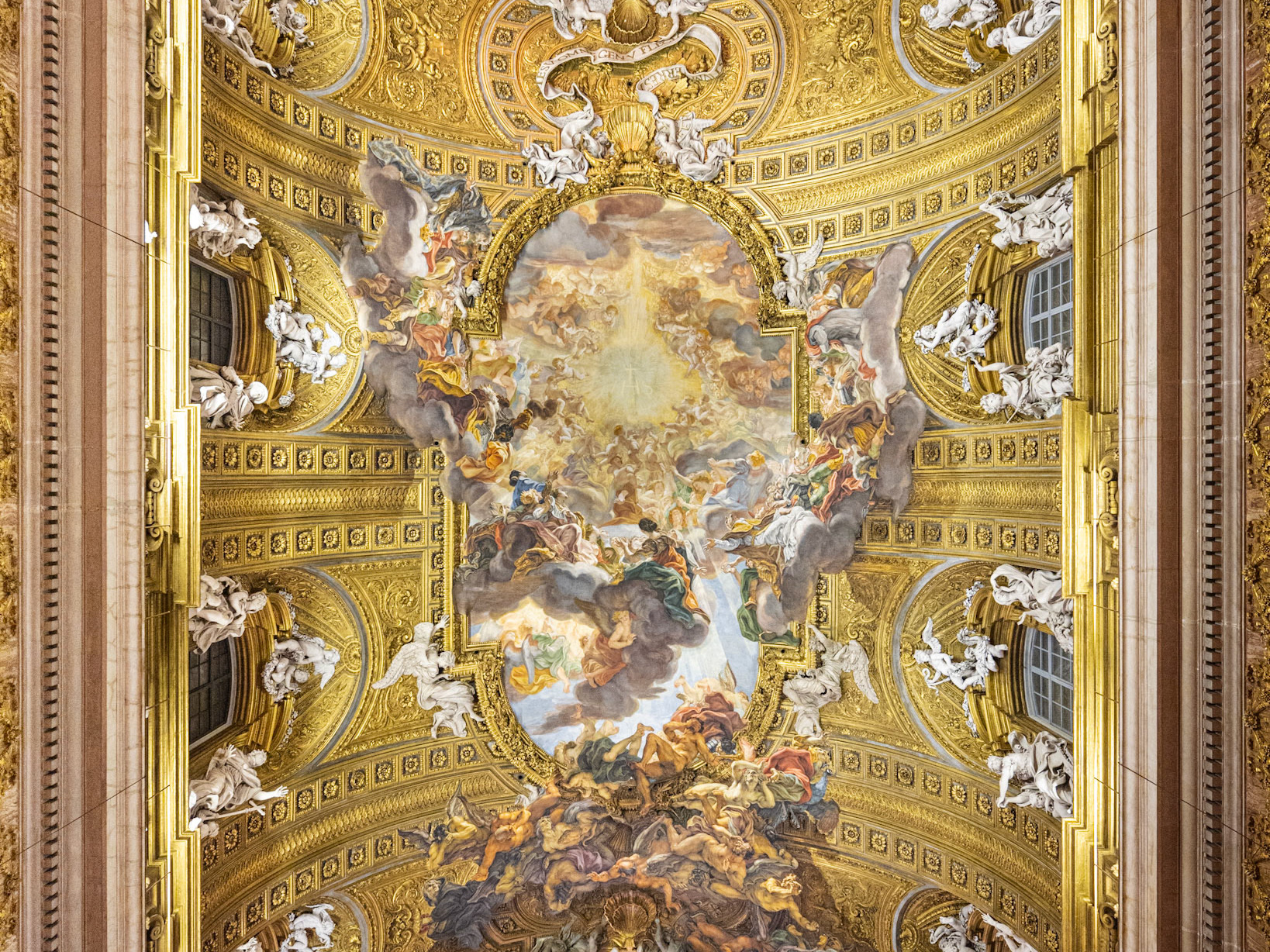
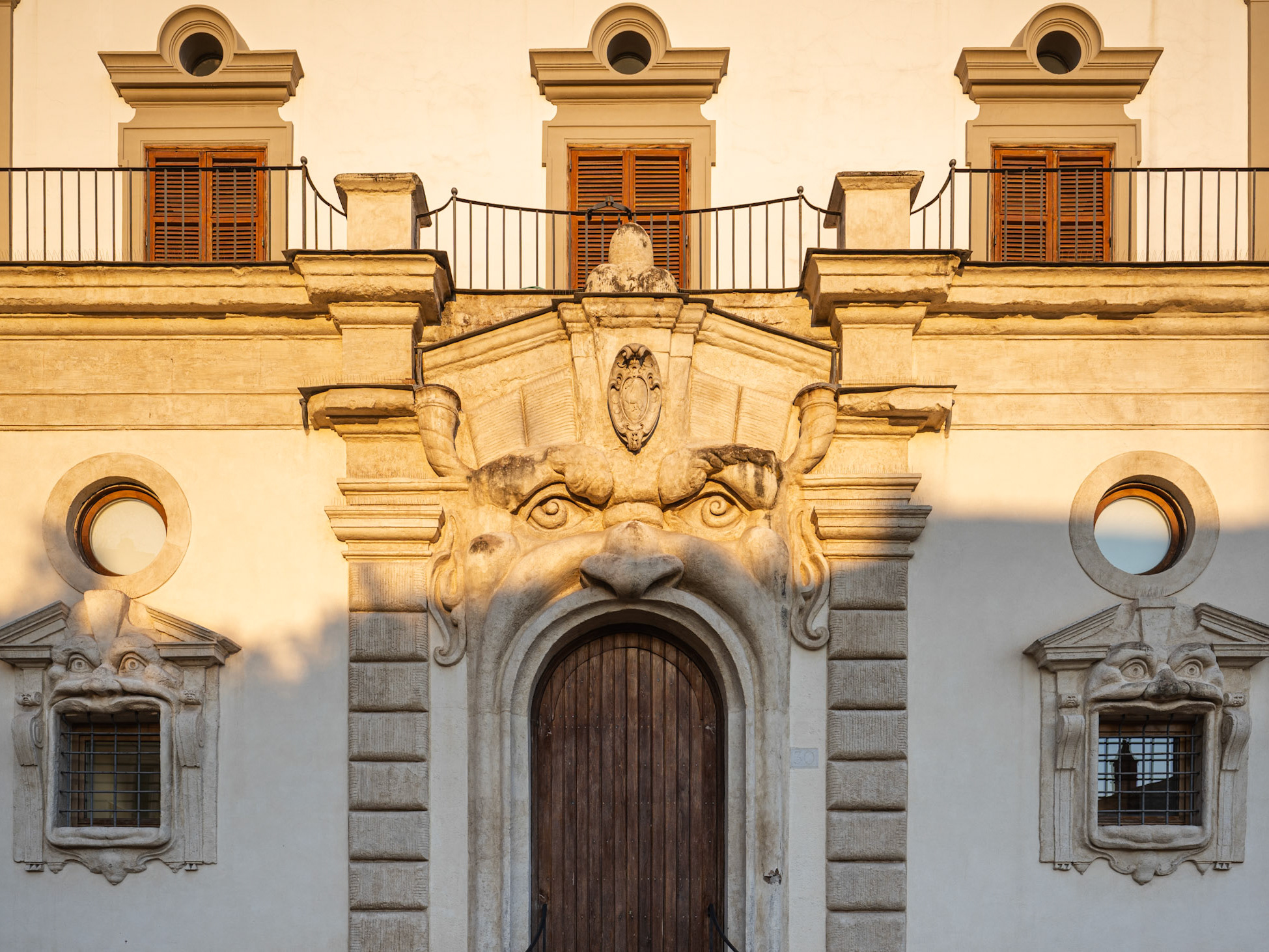
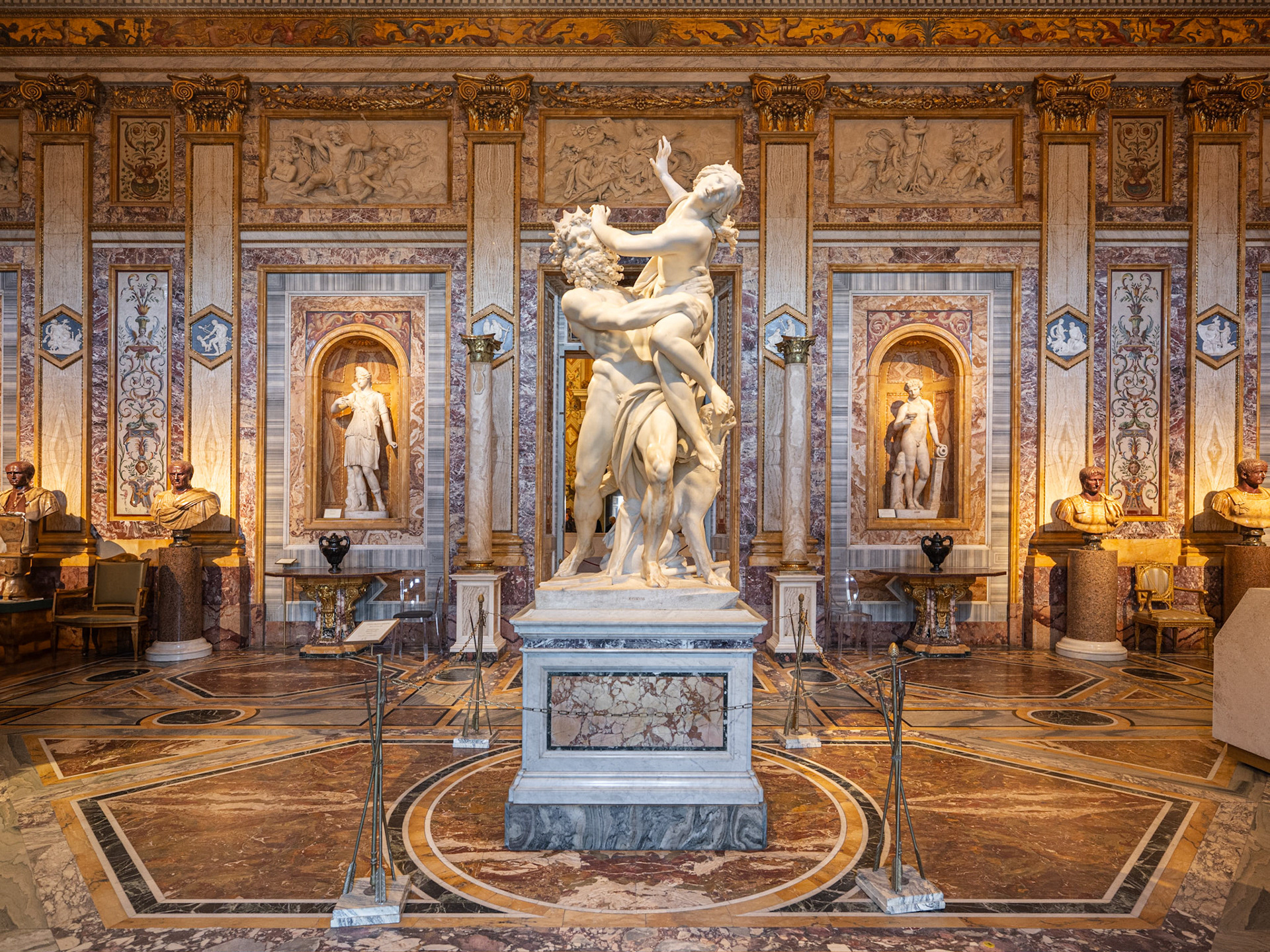
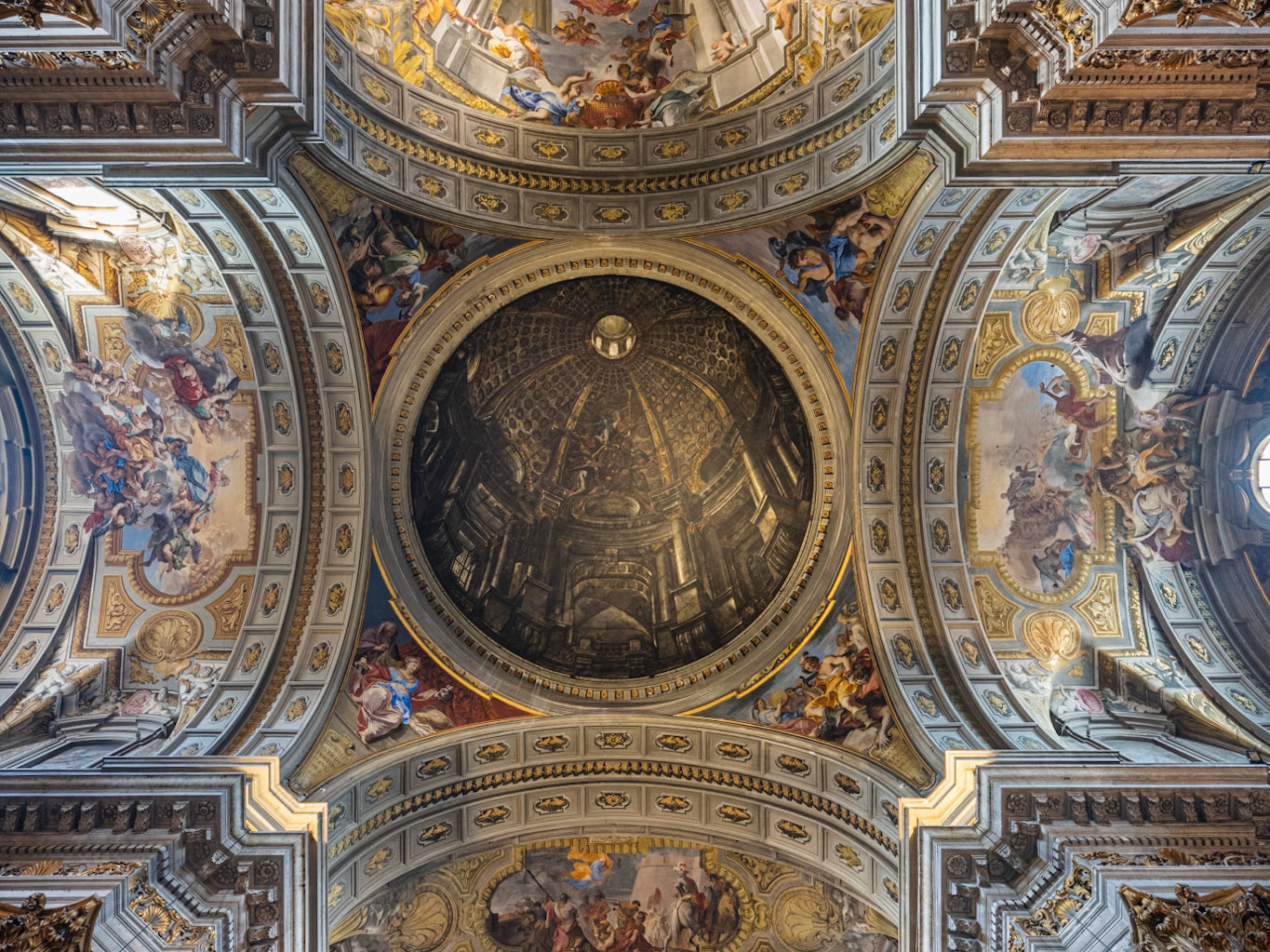
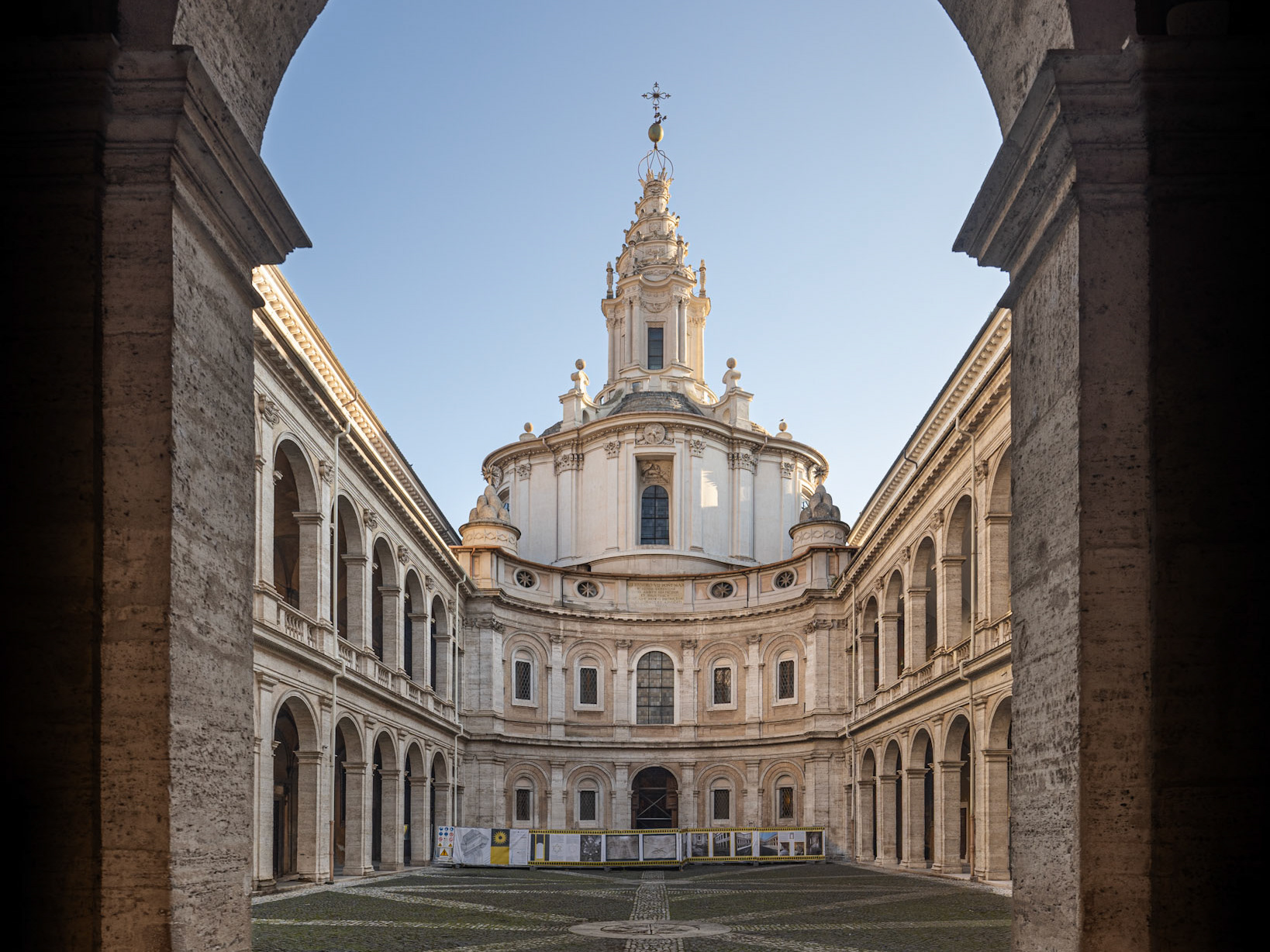
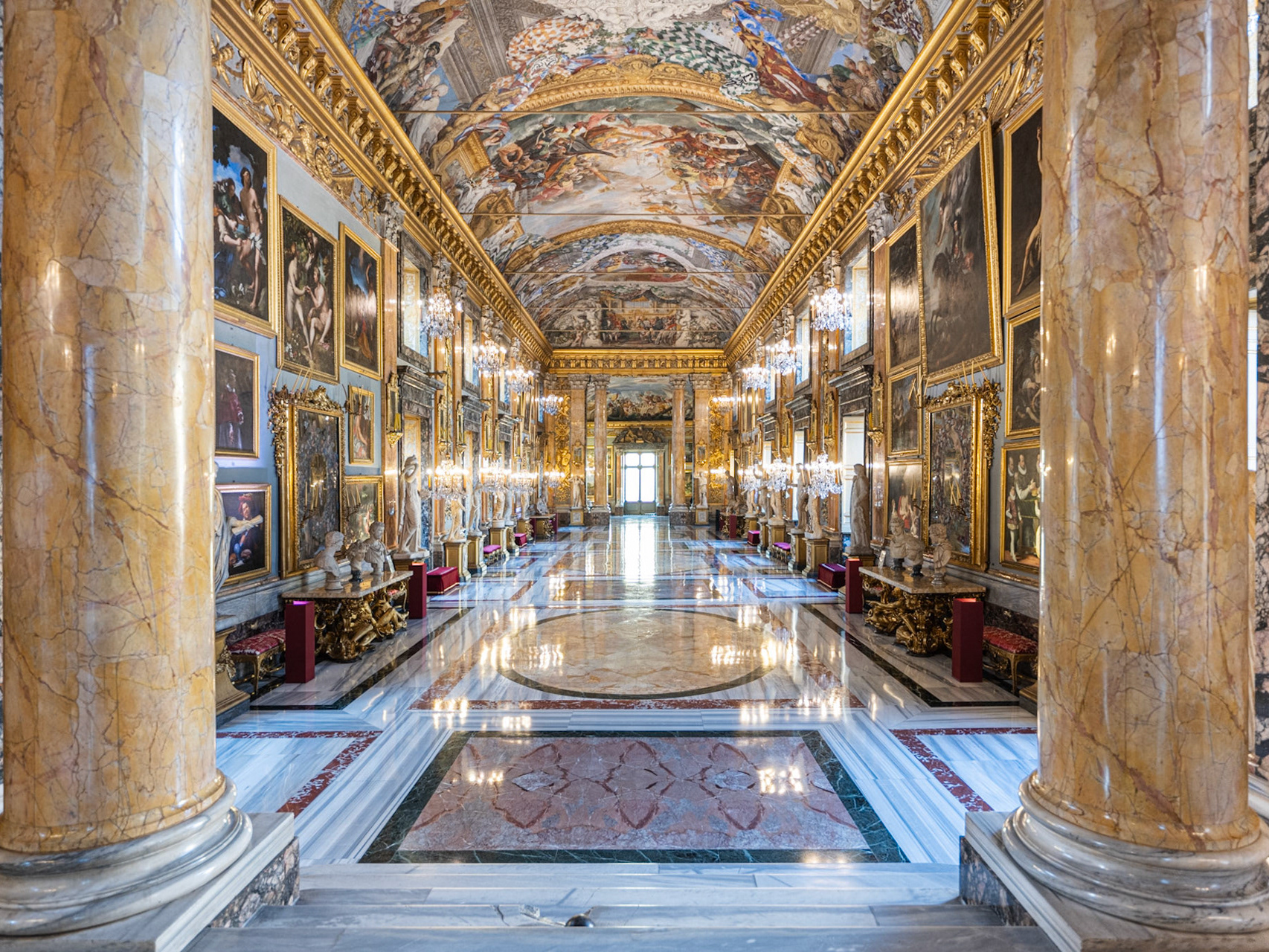
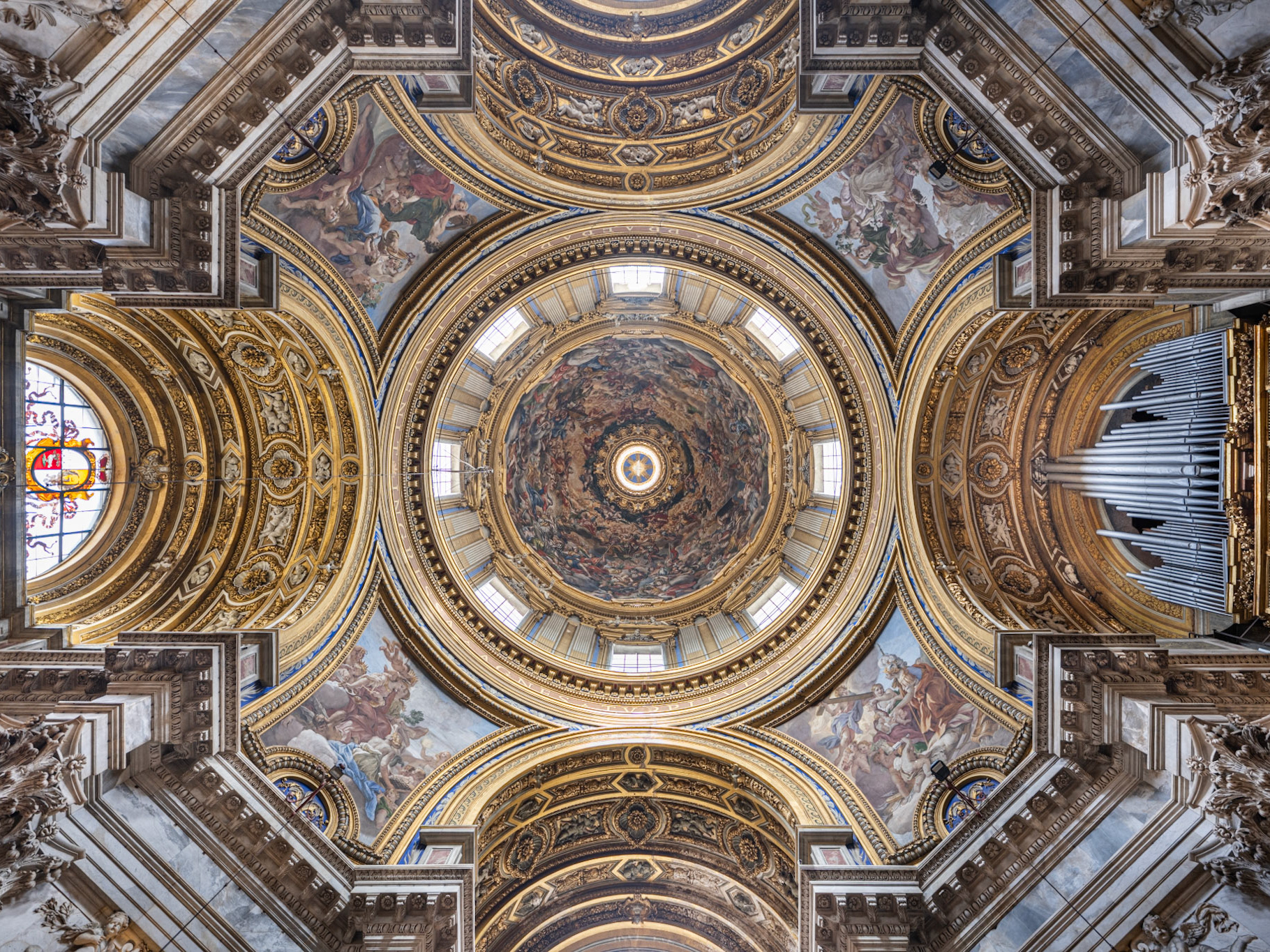
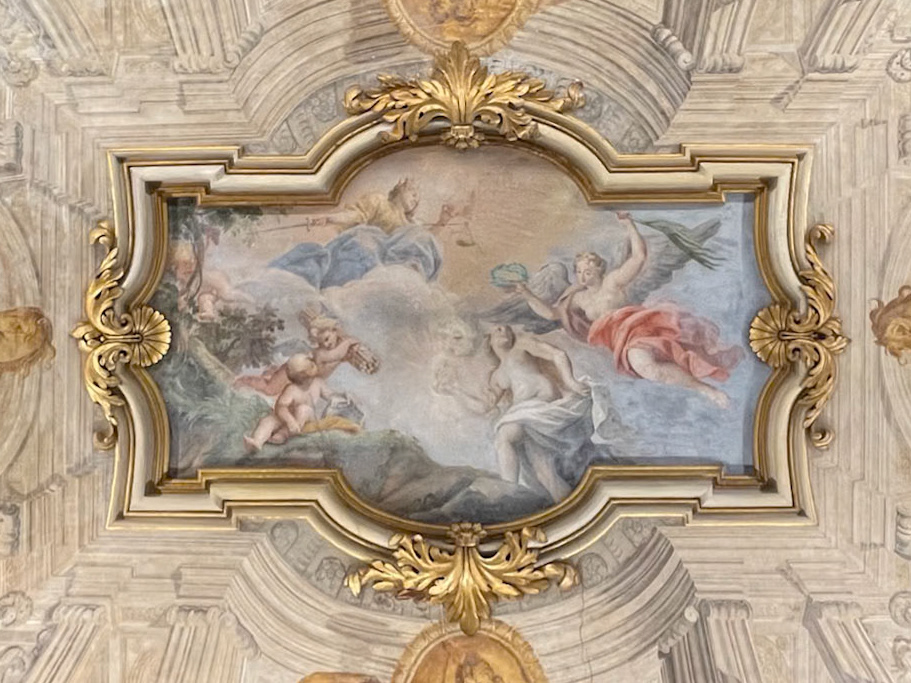
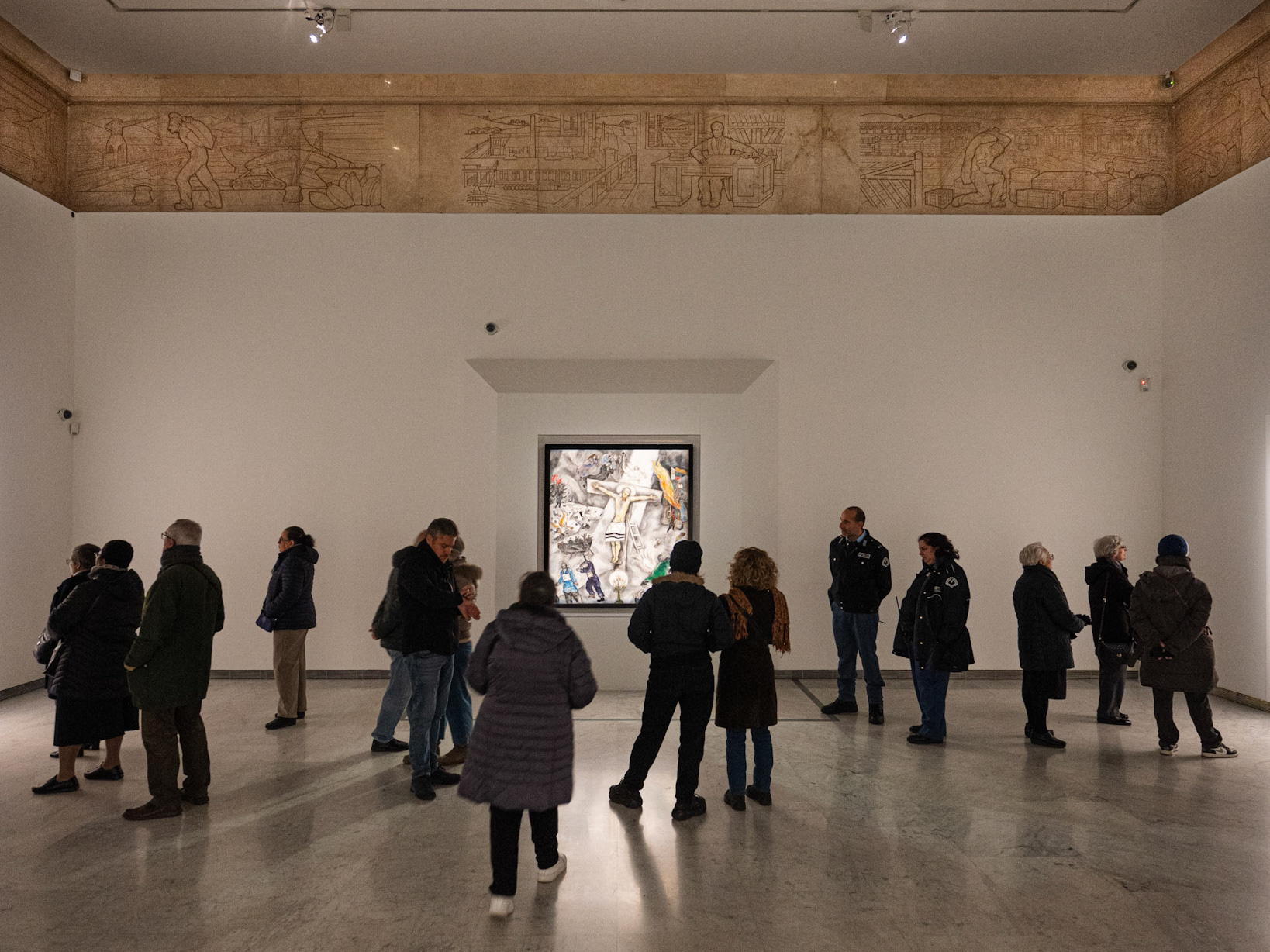
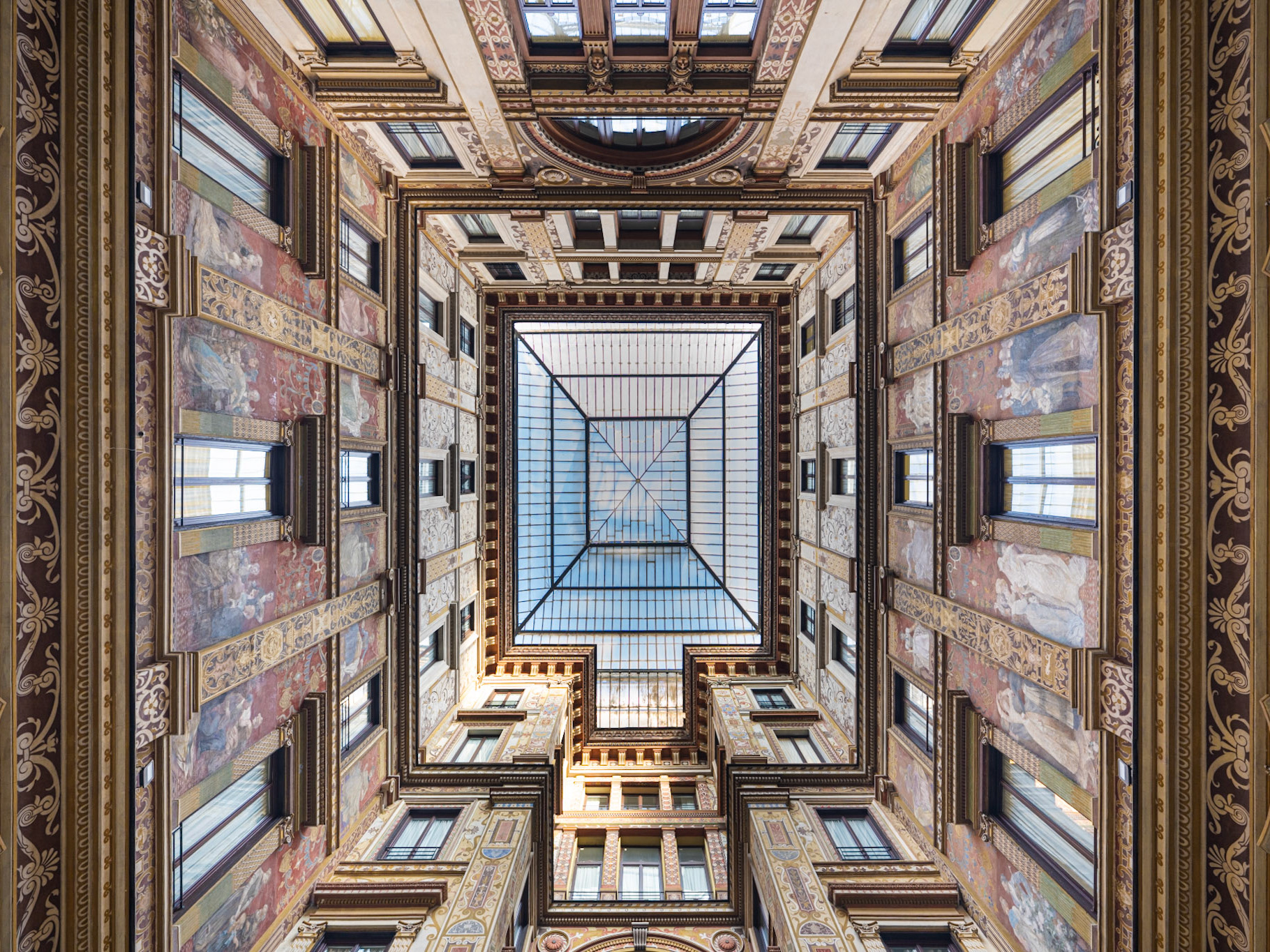
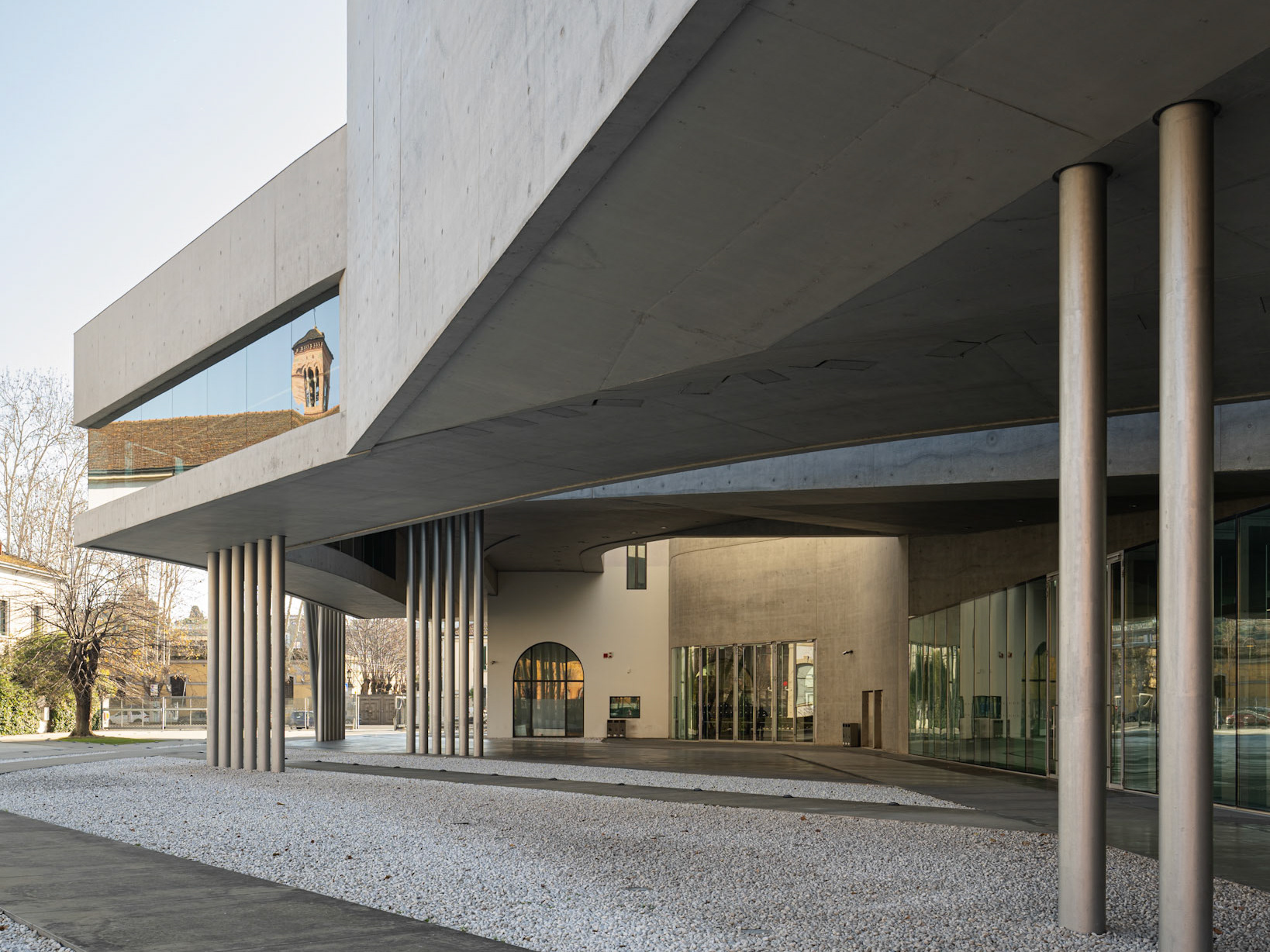
Rome, the capital city of Italy, is renowned for its rich architectural heritage that spans over two millennia. As the center of the Roman Empire and a key hub of the Renaissance and Baroque movements, the city boasts an unparalleled array of architectural landmarks. The Pantheon, a masterpiece of ancient Roman architecture, was completed by Emperor Hadrian around 126 AD. Its massive dome, featuring a central oculus, remains the largest unreinforced concrete dome in the world. The Palazzo Colonna, a magnificent baroque palace in the heart of Rome, showcases the opulence of Roman aristocratic life. In stark contrast to Rome’s ancient and baroque heritage is the MAXXI (Museo nazionale delle arti del XXI secolo), Italy’s national museum dedicated to contemporary art and architecture. Designed by Zaha Hadid and inaugurated in 2010, the building is celebrated for its innovative use of light and space, reflecting Rome's ongoing dialogue between history and modernity.





















